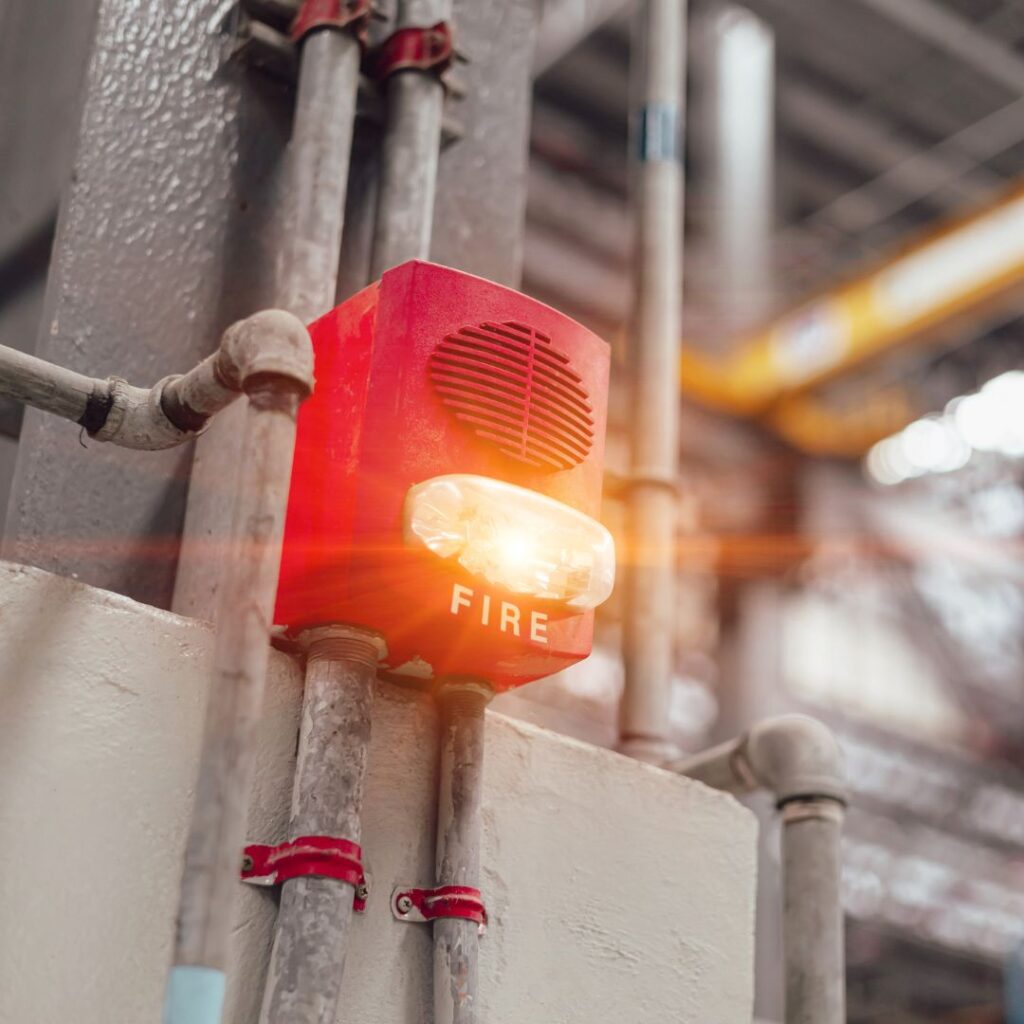Understanding Workplace Fire Safety

Keeping the workplace safe from fire is an important responsibility for every employer and business owner. In addition to being a legal requirement, it is crucial for the safety of employees, customers, and the premises itself. To help your business comply with regulations and remain safe, we will break down the key aspects of workplace fire safety.
Who Is Responsible for Fire Safety?
In the UK, fire safety responsibilities fall on the “responsible person.” This can be the employer, owner, landlord, occupier, or anyone with control over the premises, such as a facilities manager or a managing agent. If multiple people share these responsibilities, it is essential to collaborate to meet fire safety obligations effectively.
Whether you run a commercial property, a workplace, or any other non-domestic premises, you must understand that fire safety is not just about compliance—it’s about safeguarding lives.
Key Responsibilities of the Responsible Person
As a responsible person, you are entrusted with specific responsibilities:
Performing regular fire risk assessments is the first step towards reducing the risk of fire in your premises. A regular review of this assessment is important to keep it current and effective.
Staff Members Should Be Informed and Educated: All staff or their representatives should be informed of the identified fire risks.
Everyone in the workplace should be aware of potential hazards and how to avoid them.
Implement Fire Safety Measures: Based on the risk assessment, appropriate fire safety measures should be put in place. This could include installing fire alarms, emergency lighting, fire doors, and ensuring safe escape routes.
Emergency Planning: Having a well-thought-out emergency plan is essential. This plan should detail the actions to be taken in the event of a fire, including evacuation procedures and the location of fire assembly points.
Training and Instruction: Regular fire safety training and drills are mandatory. Staff should be familiar with the use of fire extinguishers, the nearest exits, and the overall evacuation process.
Understanding Non-Domestic Premises
Fire safety regulations apply to all non-domestic premises. Workplaces, commercial buildings, public areas, and common areas within multi-occupied residential buildings are included in this category. Fire safety measures should be in place across all areas if you work in such an environment.
Managing Fire Safety in Shared Premises
Shared premises can complicate fire safety responsibilities, as there may be multiple responsible persons. It is crucial to coordinate in these cases. Taking into account all aspects of the building, all parties must work together to ensure a cohesive fire safety strategy is in place.
For common areas, the responsibility usually lies with the landlord, freeholder, or managing agent. It’s essential to clarify who is responsible for each area to avoid any lapses in fire safety.

Compliance with Building Regulations
If you are constructing a new building or making significant alterations or extensions to an existing one, compliance with building regulations is a must. Fire safety must be designed into the building from the outset. This includes everything from fire-resistant materials to the layout of fire exits.
Consequences of Non-Compliance
Failing to comply with fire safety regulations can have serious consequences.
The penalties can include substantial fines and, in severe cases, imprisonment. As a result of inspections conducted by local fire and rescue authorities, fire safety notices can be issued if deficiencies are discovered.
You must create a safe environment for people who enter your premises, not just avoid penalties.
Final Say
Workplace fire safety is a non-negotiable aspect of running a business.
Keeping your business, employees, and property safe requires you to understand your fire safety responsibilities.
You should stay informed, stay prepared, and ensure that your workplace is fire-safe.